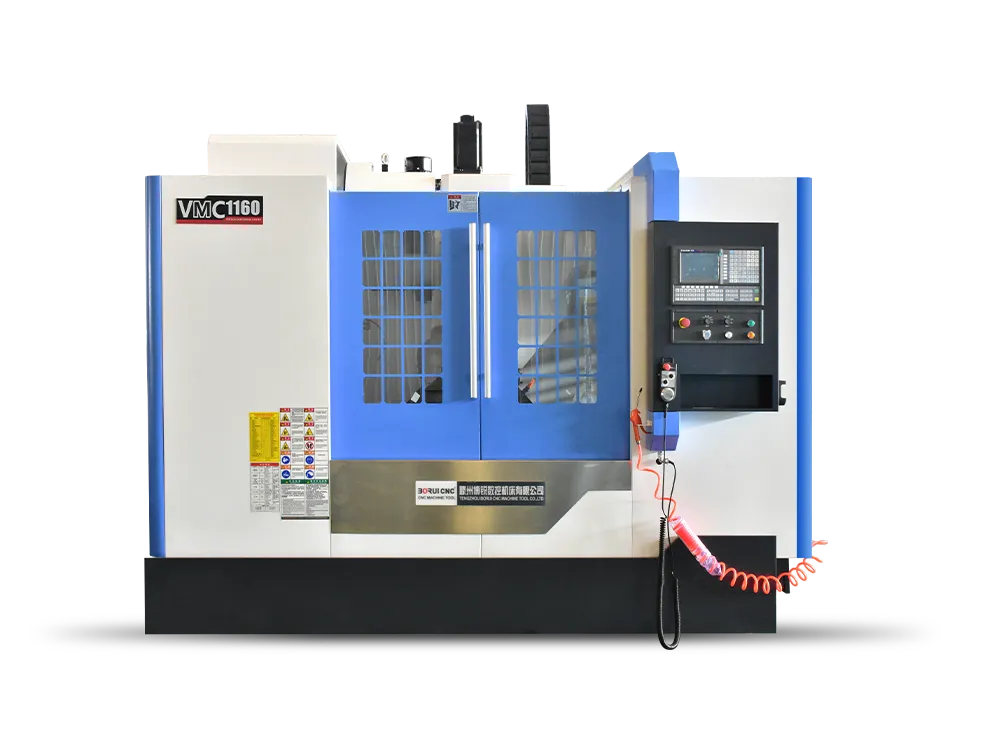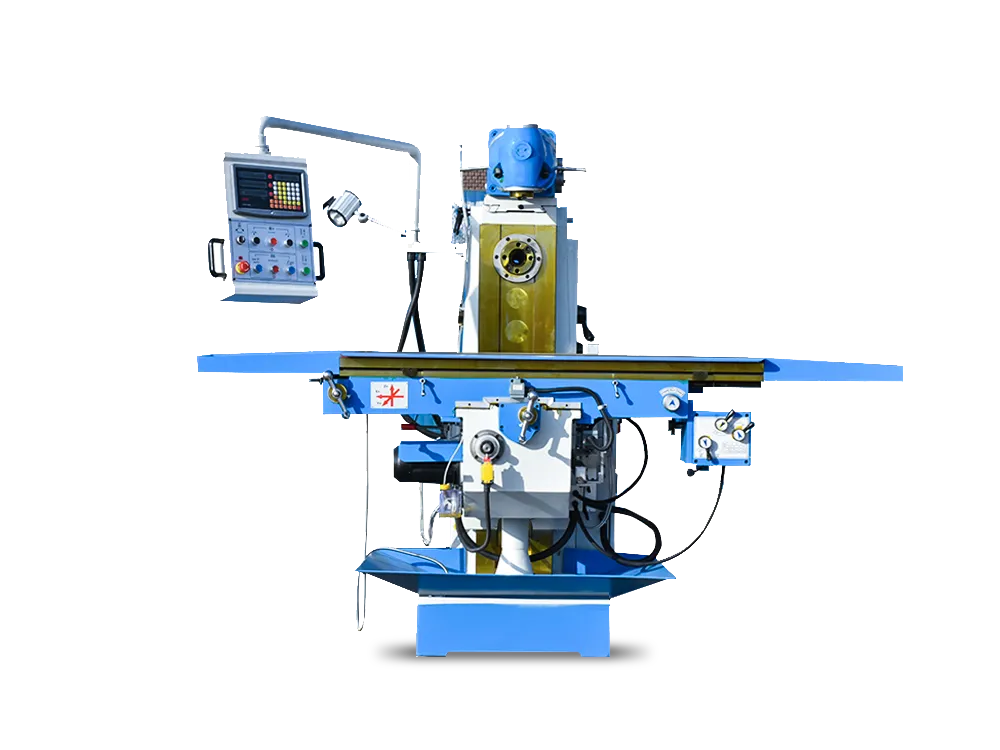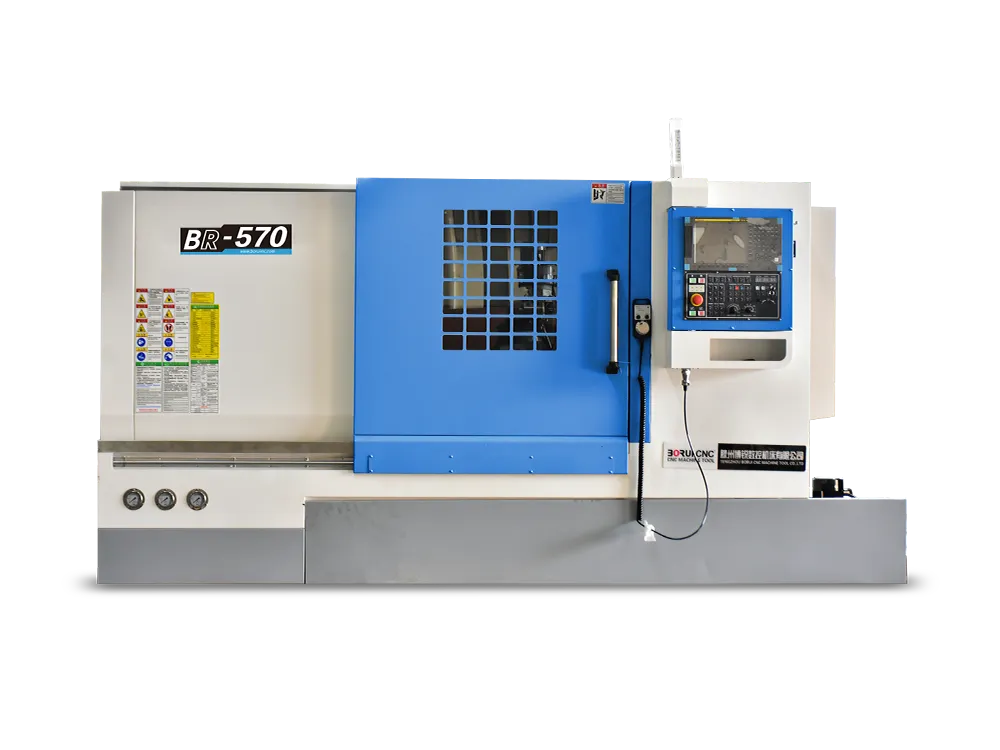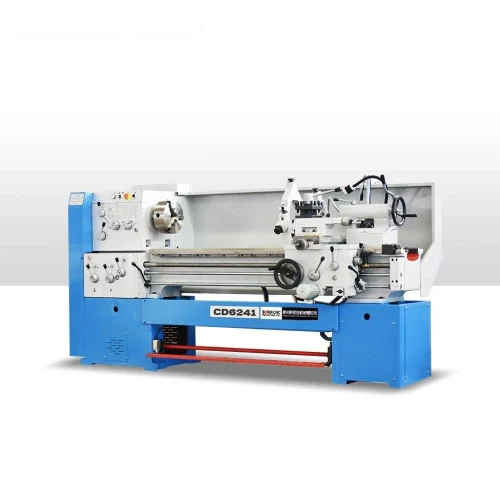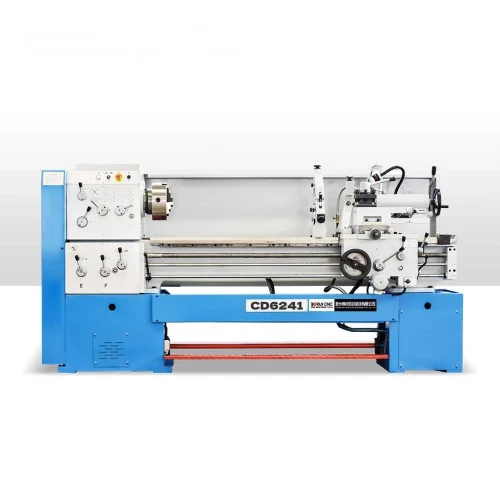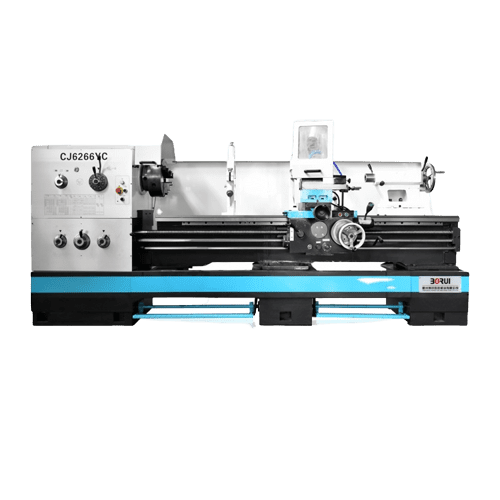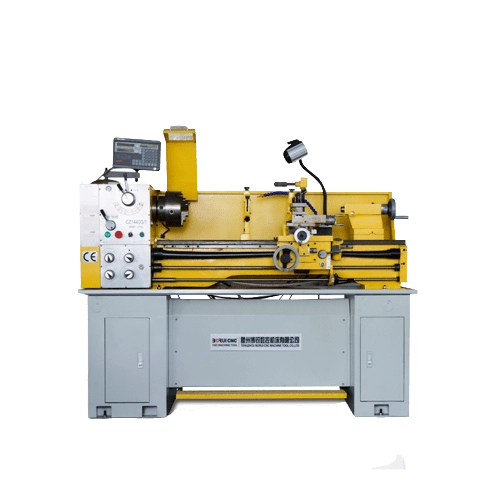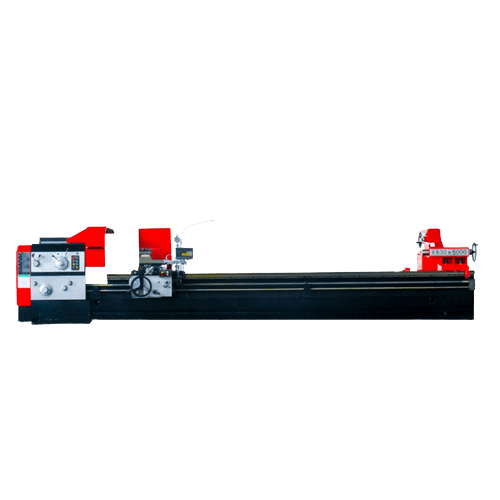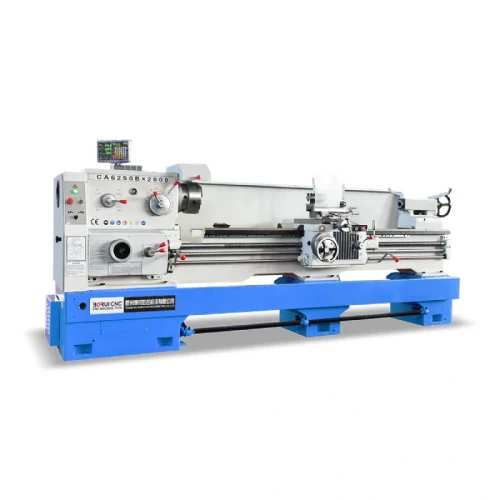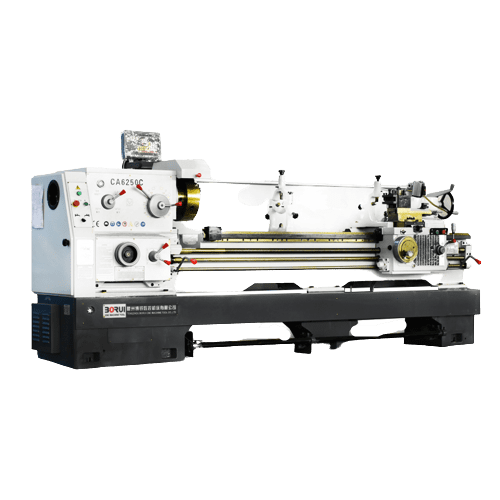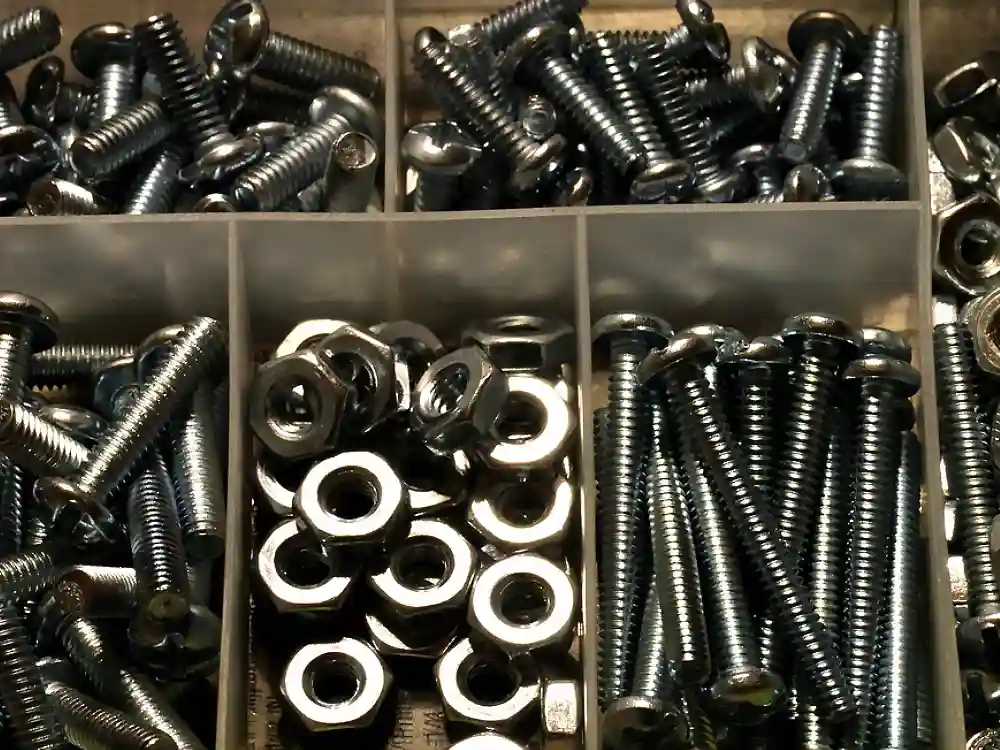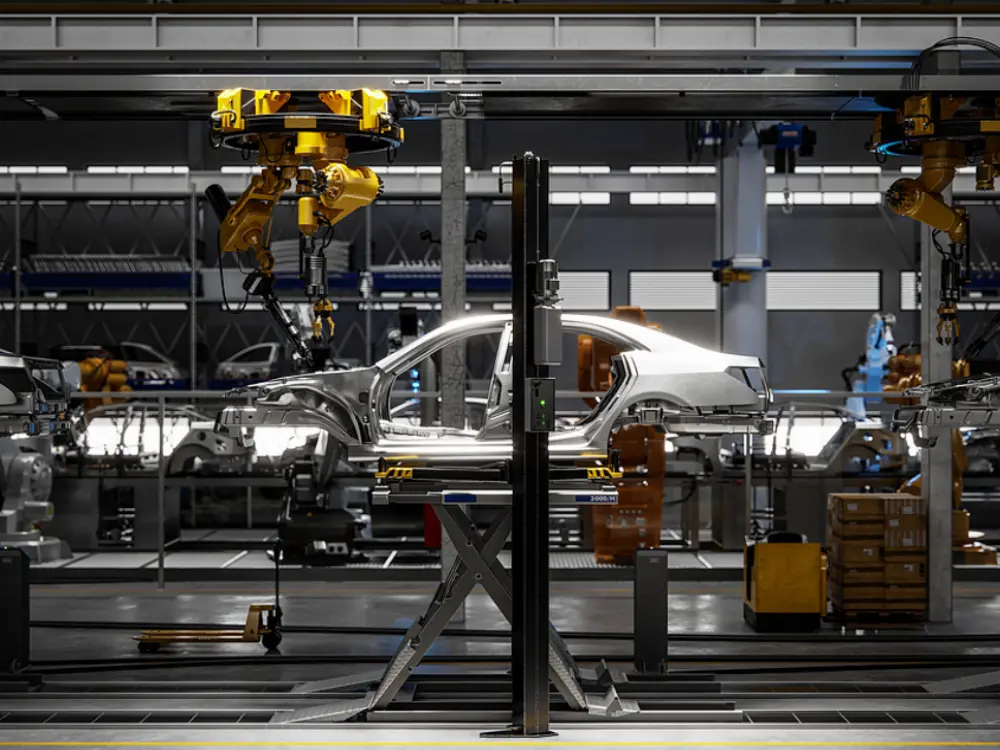Manual Lathe
BORUI specializes in manufacturing various small, light and heavy ordinary lathes, using high-rigidity castings, widened guide rails, and manual lathes with higher stability.
Request a Quote!What are the advantages of BORUI manual lathes?
BORUI manual lathes represent the inheritance and innovation of exquisite craftsmanship. In high-precision fields, like mold manufacturing, our manual lathes excel. They have great control and stability. Each device undergoes strict quality control, allowing operators to achieve micron-level processing accuracy. Whether you're an expert technician or a parts maker, use BORUI manual lathes. They can make your precision processing dreams a reality.
Simple Operation
Manual machine tools are easier to operate than CNC ones. Users need only to master some basic skills.
Easy Maintenance
Manual machine tools are easy to maintain. They have no CNC systems, so their maintenance costs are lower than those of CNC machines.
Low Investment Cost
Manual machine tools are cheaper than CNC ones. They suit small enterprises better.
Wide Range of Applications
Manual machine tools can work with many materials and processes. They are better for custom, small-batch jobs.
Manual Lathe Machine Application Areas
Basic Applications in Manufacturing
In the manufacturing industry, manual lathes are widely used in electronics, hardware tools, toys, plastics and other industries. Their precise processing meets these industries' high standards for parts.
Manual lathes can efficiently and precisely process:
- Cylindrical parts (like shafts and gears)
- End faces and inner surfaces (like bearing sleeves and valve cores)
- Complex rotary surfaces (like crankshafts and worm gears)
- Threaded parts (like bolts and nuts)
High-precision Processing Requirements
Both manual lathes and CNC lathes can achieve high processing accuracy, and the tolerance can be controlled within plus or minus 0.01mm. This feature makes manual lathes widely used in fields with extremely high precision requirements such as aerospace and medical equipment.
In aerospace, manual lathes can process complex parts. This ensures the quality of aircraft and satellites.
In medical device manufacturing, they make high-precision artificial joints and surgical tools.
Material Adaptability
Manual lathes can process common metals like iron, copper, and aluminum. They can also work with more types of materials, like titanium. This gives different industries a variety of material options.
Cross-industry Application
In addition to the above fields, manual lathes are also widely used in automobile manufacturing, electronics manufacturing, shipbuilding, military industry and other industries. In auto manufacturing, manual lathes process key parts, like engine and transmission parts. In electronics, they produce small, delicate parts, like metal casings and connectors for mobile phones and computers.
Customer Reviews

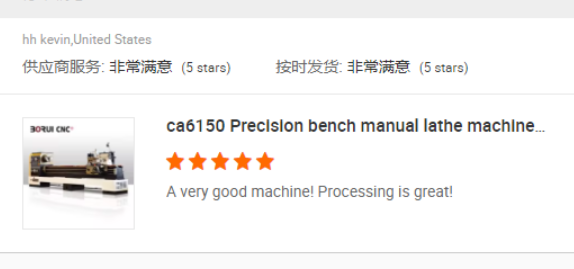
Frequently Asked Questions about BORUI Manual Lathes
Q1: What is the warranty period for BORUI Manual Lathes?
A: One year.
Q2: How much experience do I need to operate BORUI Manual Lathes?
A: Operating a manual lathe proficiently usually takes 1-2 years of time and experience accumulation. This process includes basic knowledge learning, simple operation practice, complex parts processing, independent operation and problem solving, as well as several stages of mastery and improvement.
In the basic knowledge learning stage, it is necessary to master the operation of the CNC system, the basic principles of programming, the selection and use of tools, etc. This stage usually takes about 3 months.
In the simple operation practice stage, follow the given procedures to do some initial processing operations. This will build your feel for the work and improve your skills. This process takes about 3-6 months.
After entering the complex parts processing stage, more complex programming skills and process arrangements must be handled, which usually takes 6-12 months.
The independent operation and problem-solving stage is a key turning point. It marks the transition from apprentice to skilled worker. This stage takes about 1-2 years.
Finally, to reach the level of proficiency, it is necessary to accumulate experience and improve skills continuously, which is a continuous process.
Q3: What materials can BORUI Manual Lathes process?
A: Manual lathes can process carbon steel, iron, brass, plastic, stainless steel, HDPE, ABS, PPS, bronze, titanium alloy, aluminum, magnesium alloy, PC, red copper, PEEK, etc. These materials can be processed in various ways on manual lathes, such as turning, drilling, reaming, etc.
Manual lathes are mainly used to process rotating parts, such as long shafts and short shaft parts. The rotation of the workpiece and the linear motion of the tool cuts the cylindrical surface.
In addition, manual lathes can process conical surfaces, curved surfaces, and threads. You can achieve different results by adjusting the workpiece's rotation and the tool's motion.
In the mechanical parts processing industry, some plastics suit manual lathes. These include ABS, nylon PA6, nylon PA66, PVC, and POM. They have good mechanical and processing properties. So, they are widely used in machinery, automobiles, and electronics.
Q4: How do you perform daily maintenance on Manual Lathes?
A: Maintenance and care of manual lathes mainly include the following aspects:
- Maintenance of guide rails and bearings: The guide rails and bearings are the key maintenance parts when the manual lathe is in operation. These parts must be cleaned and lubricated frequently to ensure their normal operation. If the guide rails or bearings are damaged or noisy, stop and inspect the parts. Replace any that are damaged.
- Maintenance of the drive system: If the manual lathe is gear-driven, it is necessary to observe the smoothness during operation. If there is shaking or abnormal sounds, there may be damage or foreign matter in the drive system, which needs to be adjusted or cleaned in time.
- Daily inspection and maintenance: In daily use, check that the manual lathe works normally. Listen for any strange noises or vibrations. If any abnormality is found, handle it immediately. Also, the iron filings from the guide rails and transmission mechanisms must be cleaned to keep the equipment clean.
- Maintenance of the lubrication system: Regularly check and add lubricating oil to ensure smooth lubrication of all sliding surfaces and guide rail surfaces. At the same time, check the oil tank and oil level of the transmission mechanism to keep the oil level at the elevation
- Inspection of fasteners: Regularly check and tighten the lathe's fasteners. This keeps all parts connected and avoids unstable operation from looseness.
The above measures can extend the lathe's life. They will also improve efficiency and safety.
Q5: What is the maximum processing size of BORUI Manual Lathes?
A: The maximum processing diameter is 400-800mm, and the maximum processing length is 750-3000mm.
Manual Lathe Machine Operation Guide
The basic steps of manual lathe operation include: preparation before power-on, power-on steps, manual operation and precautions.
- First of all, the preparation before power-on is very important. Ensure the work area is clean and tidy. No debris should hinder the equipment.
- Check that the power socket meets the equipment's requirements. The voltage must be stable and not overloaded. Also, check if the wires and plugs are intact. Wear personal protective equipment, including safety helmets, goggles, and earplugs.
- The next step is the power-on step: first, turn on the main power, find the power switch of the CNC lathe, which is usually located on the front or side of the control cabinet, and gently press or turn it to the "ON" position.
- After the power is turned on, the system starts self-checking, and the progress of the self-check will be displayed. After waiting for the self-check to complete, the system enters the standby state.
- Then, parameters like workpiece size, tool, cutting speed, and feed speed are entered. Some CNC lathes, especially metal cutting tools, may need preheating. This reduces thermal deformation's impact on machining accuracy.
- Before final processing, a manual check is done. It ensures the machine tool's axes move normally, with no strange sounds or vibrations. During the manual operation, note the following: First, turn off the machine when observing and understanding the lathe. When starting the lathe, the forward, stop, and reverse rotation are controlled by the lifting rod. The toggle lever sets the speed adjustment according to the diagram.
- When performing linear cutting, the gear lever controls the Z-axis and X-axis directions. Select a suitable cutting feed speed, generally around 500 rpm, and the feed amount is around 0.12.
- Pay attention to safety during processing. It is best not to wear gloves to avoid danger. Also, choose a suitable cutting fluid. It will extend tool life and improve precision.
- Finally, the following safety precautions must be noted when operating a manual lathe: Wear goggles during cutting to prevent waste from entering the eyes. Choose suitable cutting fluid and tools to ensure processing quality.
Operate according to experience. Although calculating processing conditions is important, experience is also indispensable. Don't wear gloves when working. They can bring waste into the lathe and cause danger.
Manual Lathes Provide Maintenance Suggestions
The maintenance and care of manual lathes mainly include the following aspects:
Maintenance of guide rails and bearings:
When the manual lathe is in operation, the guide rails and bearings are the key maintenance parts. These parts must be cleaned and lubricated frequently to ensure their normal operation. If the guide rails or bearings are damaged or noisy, stop and inspect the parts. Replace any that are damaged.
Maintenance of the drive system:
If the manual lathe is gear-driven, observing the smoothness during operation is necessary. If there is shaking or strange sounds, the drive may be damaged or have debris. It needs timely adjustment or cleaning.
Daily inspection and maintenance:
In daily use, you should check whether all parts of the manual lathe are working normally and whether there is abnormal noise or vibration. If any abnormality is found, handle it immediately. Also, the iron filings from the guide rails and transmission mechanism must be cleaned regularly to keep the equipment clean.
Maintenance of the lubrication system:
Regularly check and add lubricating oil to ensure smooth lubrication of all sliding and guide rail surfaces. At the same time, check the oil tank and oil level of the transmission mechanism to keep the oil level at the elevation.
Fastener inspection:
Regularly check and tighten the lathe's fasteners. This will prevent unstable operation due to looseness.
The above measures can extend the manual lathe's life. They can also improve work efficiency and safety.

